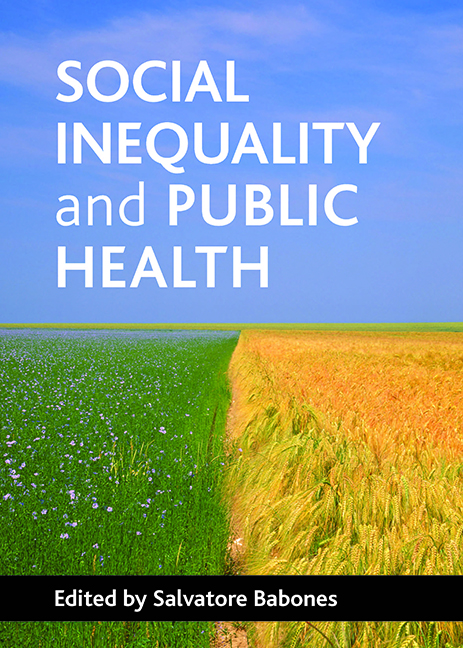Book contents
- Frontmatter
- Contents
- List of figures, tables, maps and boxes
- Preface
- Notes on contributors
- one Introduction
- Pathway 1 Differences in individual health behaviours
- Pathway 2 Group advantage and disadvantage
- Pathway 3 Psychosocial factors in individual health
- Pathway 4 Healthy and unhealthy societies
- Conclusions Public understanding of the new public health
- Index
ten - The social epidemiology of population health during the time of transition from communism in Central and Eastern Europe
Published online by Cambridge University Press: 22 January 2022
- Frontmatter
- Contents
- List of figures, tables, maps and boxes
- Preface
- Notes on contributors
- one Introduction
- Pathway 1 Differences in individual health behaviours
- Pathway 2 Group advantage and disadvantage
- Pathway 3 Psychosocial factors in individual health
- Pathway 4 Healthy and unhealthy societies
- Conclusions Public understanding of the new public health
- Index
Summary
Introduction
The present study offers a social epidemiological perspective on population health in Central and Eastern Europe (CEE) following the major societal transition there in the late 1980s and early 1990s. During this time, in much of CEE, a change of guard occurred from Soviet-style communist regimes to equally ‘fundamentalist’ capitalist (free-market) economic approaches; a phenomenon described as ‘shock therapy’ that was marked by a breakdown in the trade relationships among the Warsaw Pact countries, rapid economic decline and high rates of unemployment and inflation (Sachs, 1994; Brainerd, 1997; Klein and Pomer, 2001).
This was also a period of rapid political change. Although the end of the Soviet era brought with it free speech and a system of parliamentary democracy, instability was rampant in the region, with democracy-watchers concerned that electoral patterns revealed the fragility of the reform process (United Nations Development Programme, 1996). In psychosocial terms, CEE showed a low prevalence of post-material attitudes (for example, concern for ‘higher-order’ values such as free speech and democracy, compared with more ‘basic’ concerns such as price inflation and maintenance of basic order in society), consistent with the pattern observed in poor countries (Abramson and Inglehart, 1995).
Population health statistics suggest that during the first four years of the transition period, there were dramatic increases in mortality among males and females of working age. Among males aged 30–49, mortality rose as much as 70-80% in Russia, 30–50% in Ukraine and 10–20% in Bulgaria, Hungary and Romania. Among females, mortality in the same age range rose 30–60% in Russia, 20–30% in Ukraine and more modestly in Bulgaria, Hungary and Romania (UNICEF, 1994).
The conditions leading to this mortality increase were primarily cardiovascular and external causes of death (UNICEF, 1994). However, these were also the most prevalent conditions in working-age persons at the beginning of the transition period; mortality due to these two causes was increasing even before the end of the Soviet period. This chapter suggests, then, that explaining the health crisis in CEE must go beyond understanding the determinants of these conditions, and address the factors that created general risk of mortality, in particular among the working-age population.
- Type
- Chapter
- Information
- Social Inequality and Public Health , pp. 143 - 156Publisher: Bristol University PressPrint publication year: 2009



